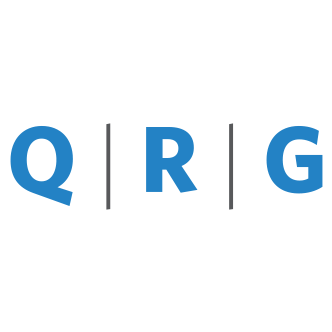Portfolio personalization isn’t just a luxury—it’s a necessity, particularly when it comes to managing concentrated stock positions. Many investors find that a single holding can come to represent a significant portion of their overall portfolio, whether through employer stock grants, early investment in a breakthrough company, or simply long-held winners. While such concentrated positions can be a result of strong convictions, they may also expose investors to significant individual stock risks and volatility, often referred to as idiosyncratic risk. In addition, these concentrated positions very often are carried at a low-cost basis, making thoughtful tax management essential. Strategies like direct indexing, options, and thoughtful charitable giving can be used in isolation or in combination to diversify an investor’s holding and help lower their risk.
Direct indexing addresses diversification and tax efficiency
Direct indexing provides advisors with the flexibility to construct bespoke portfolios that not only seek to replicate market exposures but also address individual stock concentration risks. Managers specializing in such quantitative strategies can often incorporate much of the legacy concentrated position and tax-efficiently diversify out of that position over time. By directly owning the underlying securities of a chosen benchmark, investors can customize their portfolios in several powerful ways:
- Customized exposure: Whether it’s mirroring broad market indices like the S&P 500 or building a niche, factor-tilted portfolio, direct indexing allows for more precise adjustments that may reduce duplicative exposure while aligning with the client’s risk profile.
- Tax-loss harvesting: With direct indexing, portfolio managers can systematically sell securities that have declined in value to capture tax losses. These losses help offset gains incurred from reducing a concentrated position.
- Staged diversification: Advisors can design a multi-year transition/rebalancing plan that gradually diversifies the portfolio. This controlled approach helps to ensure that diversification occurs within a targeted gain or tax budget, offering a balanced transition away from concentrated stock risks.
Options strategies manage income and volatility
For those who prefer to maintain exposure to their concentrated stock positions, a customized covered call strategy can be an effective solution. By selling call options against their holdings, investors can generate additional income while potentially lowering overall portfolio volatility. A well-crafted, rules-based covered call program may not only preserves much of the upside potential, but also can provide a buffer against market fluctuations, making it a valuable tool in the risk management toolkit.
- Covered calls: In this strategy, an investor sells call options on the stock they already own. The premium received from selling the calls provides additional income, which can cushion against minor declines in the stock’s price. However, this approach limits the upside potential because if the stock’s price surges past the strike price, the investor may have to sell the shares at a predetermined price. For investors looking to generate steady income without completely relinquishing future gains, covered calls can be an attractive option.
- Protective puts: Purchasing protective puts serves as an insurance policy against significant downturns. By buying a put option, the investor secures the right to sell the stock at a specified price, thus limiting potential losses. This strategy is especially useful for those who are not yet ready to sell their position but want to guard against severe market declines. The trade-off, however, is that the cost of the put option reduces overall returns if the anticipated decline does not materialize.
- Collars: A collar strategy combines the use of covered calls and protective puts. Here, the investor sells a call option while simultaneously buying a put option. The premium from the call helps to offset the cost of the put, creating a protective range or “collar” around the current stock price. This method caps both the potential gains and losses, offering a balanced approach for risk-averse investors. Collars can be particularly beneficial when market conditions are uncertain, as they provide a defined exit range regardless of market volatility.
Charitable strategies align investments with personal values
For clients whose financial goals extend beyond wealth accumulation, charitable giving can serve as a dual-purpose strategy. Vehicles such as donor-advised funds, pooled income funds, or charitable remainder trusts allow investors to donate appreciated securities while receiving immediate tax benefits. This approach not only helps to reduce concentration risk, but also aligns the portfolio with the investor’s personal values. The flexibility to control the timing and recipients of charitable contributions further underscores the personalization that modern investors demand.
Concentrated stock positions require multifaceted strategies
Managing concentrated stock positions requires a nuanced, multifaceted strategy—one that blends the benefits of tailored diversification, proactive tax management, and personalized risk mitigation. Whether through direct indexing, options strategies, or strategic charitable giving, advisors now have an expanded toolkit to create customized personalized solutions that address both the financial and personal needs of their clients. In an era where portfolio customization is paramount, these innovative strategies enable a smoother transition from concentrated stock risks to a more balanced, diversified investment approach.
Learn more about Envestnet’s QPs, managed by our quantitative asset management unit, QRG Capital Management, Inc.
